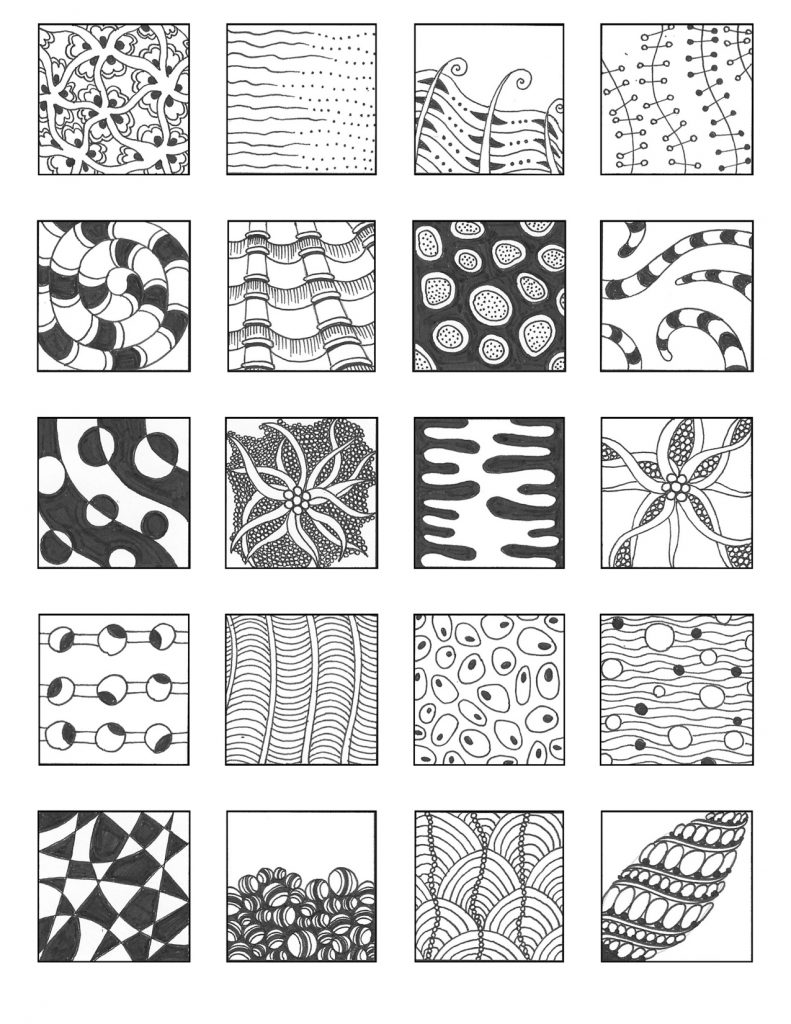Contents
Homework Due THIS CLASS
- PROJECT #1 is DUE for critique!
- It’s better to submit an incomplete project than a late project. Points are deducted for late projects and missed critiques. Your grade will drop for each day the project is overdue. If you turn in your work on time, you will have the opportunity to rework and improve your grade.
- Follow the Submitting Your Work guidelines and include the project-specific details found under Project #1 Deliver. We will use the class blog to present work during the critique.
- Leave at least one comment on a fellow classmates Curious Artifacts post. Review Providing Feedback for specific guidelines.
Materials needed for THIS CLASS
- sketch book (9″x12″)
- tracing paper (9″x12″)
- graphite drawing pencils (6B, 2B, HB, 2H, 4H)
- pencil sharpener (basic metal)
- eraser (magic rub, mars, gum or similar)
- portfolio to transport your work
- 1 roll drafting or removable tape
Visual Library (10 min)
Let’s take a look at the images you posted to the Visual Library and practice describing them using the terms Organic shape, Geometric shape, Figure (positive space), Ground (negative space), Stable Figure/Ground, Ambiguous Figure/Ground, Economy, and Unity.
Discussion (15 minutes)
Why do compositions with strong, well-considered figure-ground relationships improve communication?
- Webby Awards or Pentagram are good places to explore career possibilities and observe how designers use figure-ground and other visual communication strategies.
How to Critique
How to give and receive a design critique:
Project #1 Critique (30-60 minutes)
Let’s break up into 2-3 groups and choose a critique conductor for each group. Using the project vocabulary, your peers and the professor will provide feedback in a supportive, professional manner. You will have an opportunity to revise your work based on the feedback and improve your grade.
Review the Project #1 guidelines.
- Theme: Discover, define, and represent what drives your curiosity.
- Problem: Create 6 black & white figure-ground compositions (3 ambiguous, 3 stable) based on simplified forms inspired by personal artifacts or objects that represent your curiosity.
- Limits: simple, flat, black and white shapes, no lines or text.
- Materials: Sketchbook, camera/phone, pencils, marking pens, 1 sheet Bristol Board 9×12″, ruler/t-square, tracing paper.
- Concepts: Shape (Organic, Geometric), Frame, Positive/Negative Space, Composition, Figure-Ground Relationships (Stable, Ambiguous), Economy/Less is More, Unity
- Technical Skills: mind map, thumbnail sketching, draughmanship with ruler, inking pens.
Presentation Template
- Introduce yourself. “Hello, my name is …”
- Restate the design goal. “The goal of this project is to…”
- Pitch your work. Using the project vocabulary, describe how you approached the design problem.
- Ask for feedback. Was there a technical or conceptual aspect of the design problem that you got stuck on or are unsure about?
Comment Template
- Introduce yourself. “Hello, my name is …”
- Clarify the design goal. “The project guidelines indicate…”
- Positive Feedback. Based on the project guidelines, use the project vocabulary to explain what is successful about the work presented. ie: describe which parts of the project were completed effectively.
- Constructive Feedback. Based on the project guidelines, use the project vocabulary to explain what is unsuccessful. ie: describe which parts of the project are missing or need improvement.
- Add Value.
- Offer suggestions.
- Ask a question.
- Provide a helpful resource.
Break (10 min)
Project #2: Visualizing Music
Project #2: Listening and Drawing
- In your sketchbook, while listening to Another One Bites the Dust, draw the sounds that you hear.
- Imagine what the sounds would look like if they were shapes, lines, dots.
- Consider how the sounds relate to each other.
- Do you hear repeated patterns and an overall rhythm?
- Are some sounds rough or sharp and other smooth and flowing?
- Then repeat the process while listening to Summertime.
Thumbnails: Pattern Squares
In your sketchbook, draw at least 24 squares. In each square create a unique pattern to represent the sounds you hear in your favorite piece of music. Try varying the line weight (thick and thin) and the spacing (tight and wide) between the lines. Experiment by drawing the same pattern light and dark. Let the rhythm of music influence the look and feel of your pattern squares.
Homework Due NEXT CLASS
- Project #1 Deliver: Update the written reflection in your Curious Artifacts post to include feedback from the critique.
- If you haven’t already, leave at least one comment on a fellow classmates’ Curious Artifacts post. Review Providing Feedback for guidelines.
- Important: You will receive your grade via a private comment on your post.
- Take the Project #1 Quiz.
- Complete the Thumbnail Pattern Squares exercise above while listening to your favorite piece of music.
- Visual Library: Post an image that best represents your favorite piece of music or song. Include the artist/composer, song title, and a link, if possible, to your favorite piece of music or song.
Materials needed for NEXT CLASS
- sketch book (9″x12″)
- tracing paper (9″x12″)
- graphite drawing pencils (6B, 2B, HB, 2H, 4H)
- pencil sharpener (basic metal)
- eraser (magic rub, mars, gum or similar)
- 1 roll drafting or removable tape
- your favorite song or piece of music & headphones






